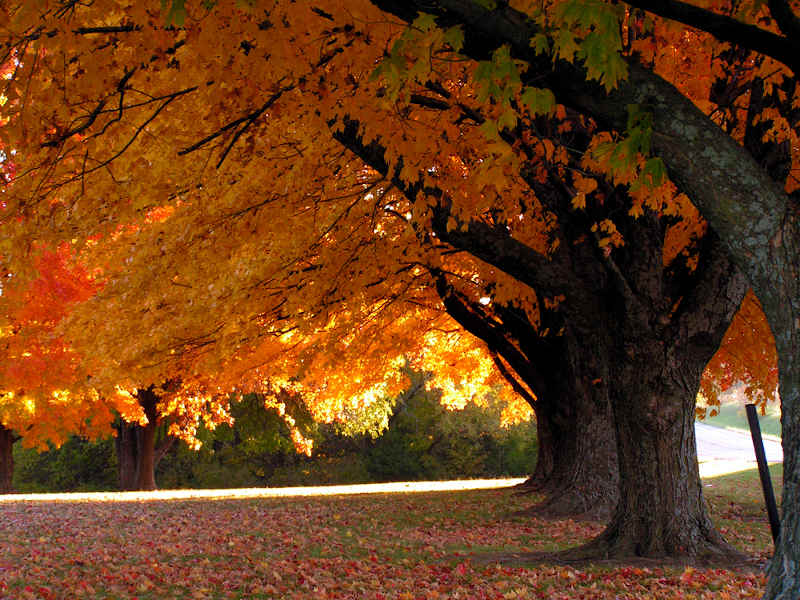Arborists in Vancouver, BC Share Fall Tree Care Tips
Along with the many tasks homeowners must complete to get their homes ready for winter, they should not forget tree maintenance. Late fall is the ideal time to perform most tree care tasks, including pruning, fertilizing, and mulching. Going the extra mile to care for your trees in the fall will give them a great start for the next growing season. The reward for your hard work will be stronger, healthier, more robust trees in the spring.
Late autumn is the perfect time for tree transplanting, pruning, mulching, watering, and shielding your trees from damage. Follow this easy plan for late autumn tree care.
Plant Now
Early spring is when most homeowners look to plant trees and shrubs, but late fall is even better for tree transplanting. When a tree is planted in the fall, it has extra time to establish a healthy root system before being pummeled by heat and drought in the summer.
Caring for new trees is easier in the fall when cooler temperatures and more frequent rainfall aid the growth of roots. However, if there is not a lot of rainfall, homeowners should water their new trees to give them the best possible start. Here’s how often to water new trees:
- In the first two weeks, water daily.
- Three to twelve weeks after planting, water every two or three days.
- After twelve weeks, water weekly.
Planting in the fall and watering trees regularly builds a strong root system that will help the tree survive future drought and disease.
Prune And Mulch
Tree pruning is another task that is best done in late fall. At this time, the tree has stopped growing and gone dormant. You can remove dead or damaged limbs, or just prune for shape, but be careful to never take off more than 30% of the tree’s live tissue. Over-pruning will leave a tree unable to produce the nutrients it needs from sunlight and may result in the loss of the entire tree.
In addition to pruning, spread organic composted mulch under your trees during the fall. A nice, thick layer of mulch over the tree’s entire root system will help to retain moisture throughout the winter. The mulch will also help to insulate the soil and reduce temperature extremes which could damage the roots.
Water And Protect
After mulching, be sure to water your trees all throughout the fall and winter. Winter droughts can be just as damaging as summer droughts, so give your trees a drink. A good rule of thumb is to continue to water your trees as long as it’s above 5 degrees Celsius and there is no snow covering.
You may need to water your trees one or two times a month during the winter. Even during the winter, trees require up to 4 litres of water for every 3 centimetres in diameter the trunk is. So, if a tree is approximately 12 centimetres across, it will need approximately 16 litres of water at every watering during dry spells. Routine tree watering helps keep the tree strong and resistant to disease.
In the fall, be sure to protect your trees from mechanical injuries. Consider how strong the winds get where you live, where the snow piles up after shovelling and snow blowing, and whether any exposed roots are in danger of being trampled. Protecting a tree from injury will help prevent disease.
Some trees may benefit from being wrapped in burlap or covered with a lean-to type shelter to protect them from the weight of snow. Tree trunks can be wrapped in plastic snow fencing or wire mesh to protect the bark and flesh from deer nibbles. And any exposed roots should be thoroughly covered with a deep layer of mulch to protect them from injury.
Consult The Professionals At VI Tree Service
For help with fall tree care, consult the professionals at VI Tree Service, who have been caring for the trees of Vancouver Island and the surrounding areas for over 30 years. They offer Certified Arborist consultations, tree planting, tree removal, trimming and pruning, stump grinding, tree emergency service, and more. VI Tree Service is licensed, insured, and certified by the International Society of Arboriculture and the BC Forest Safety Council.

